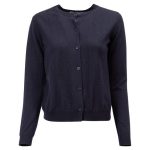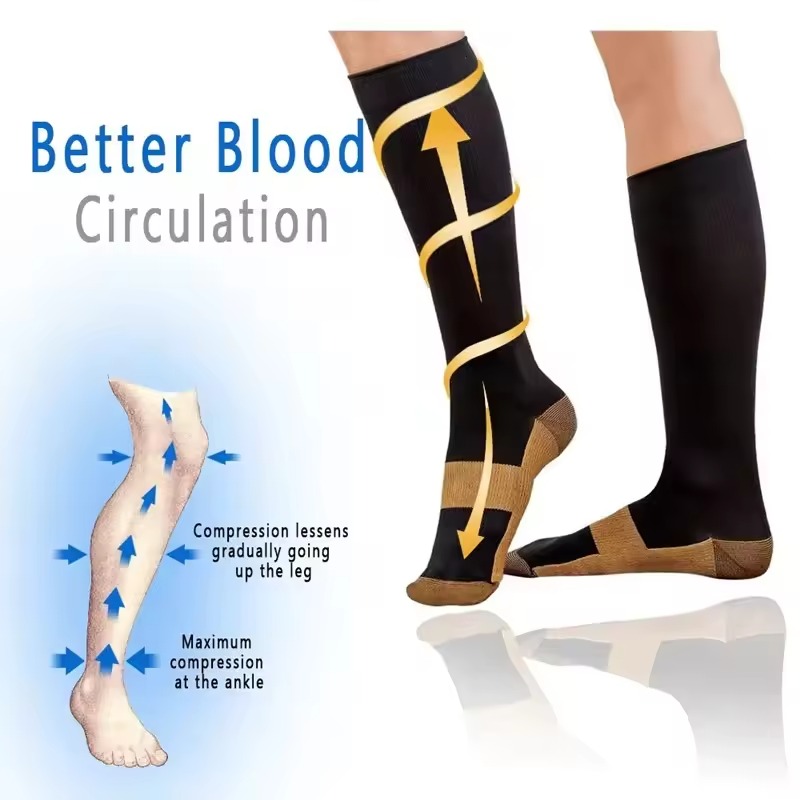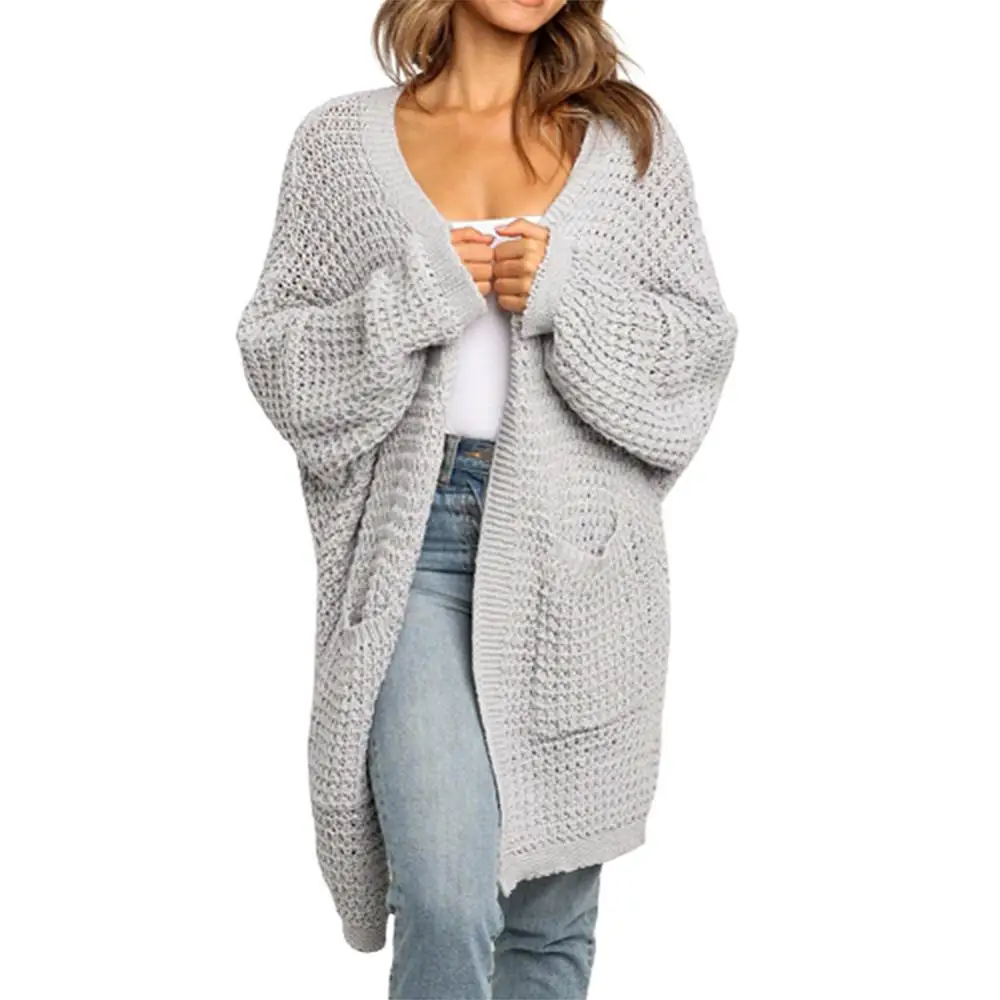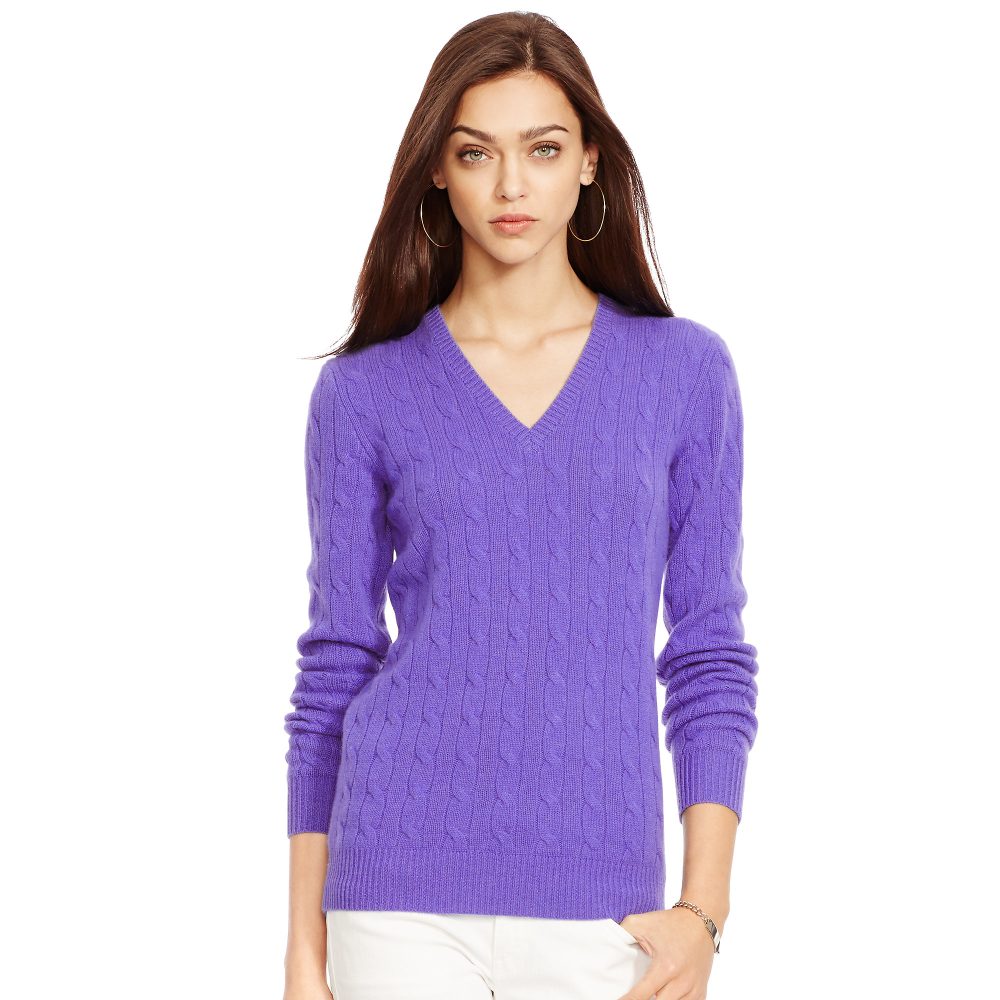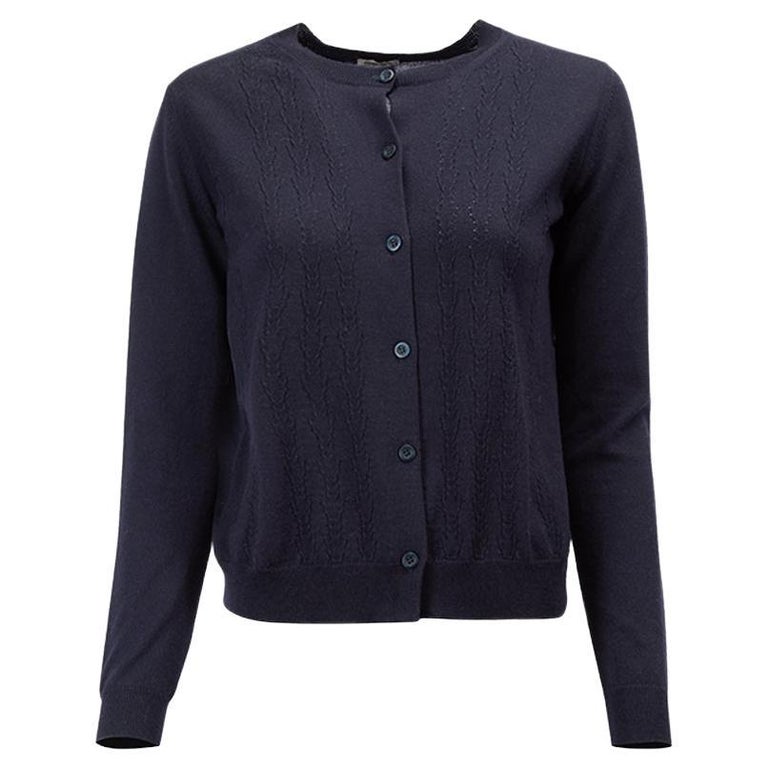The Importance of Compression Therapy During Pregnancy
During pregnancy, the body undergoes significant changes. Blood volume increases and circulation can become slower. This can cause discomfort. Compression socks for pregnancy can help. They apply gentle pressure to the legs. This improves blood flow. It also reduces swelling and supports vein health. Using them eases symptoms like tired, achy legs. Pregnant women often deal with varicose veins or deep vein thrombosis (DVT). Compression therapy with these socks can help prevent these conditions. It is a safe, non-invasive way to stay comfortable. Doctors often recommend it. Overall, it is an essential part of prenatal care for many women.
Different Types of Compression Socks for Expectant Mothers
Expectant mothers can choose from various types of compression socks. Each kind has its own benefits.
Graduated Compression Socks
These are tighter at the ankle and get looser up the leg. They improve blood flow up toward the heart. This design helps combat gravity’s effect on blood circulation in pregnant women.
Anti-Embolism Compression Socks
Aimed to prevent blood clots, they’re often used for women on bed rest. They offer uniform compression and are best when movement is limited.
Non-Medical Support Hosiery
These provide less pressure than medical-grade socks. They are for those with mild swelling and discomfort. They’re a great starting point for first-time users of compression therapy.
Athletic Compression Socks
Not specific to pregnancy, these can still be helpful. They offer support and improve circulation for active mothers.
Expectant mothers should consult with a healthcare provider. They can advise on the best type of compression socks for pregnancy and individual needs. All types aim to aid in managing symptoms like swelling and varicose veins. It’s important to consider lifestyle and specific pregnancy-related needs when choosing a type. This ensures comfort and effectiveness throughout pregnancy.
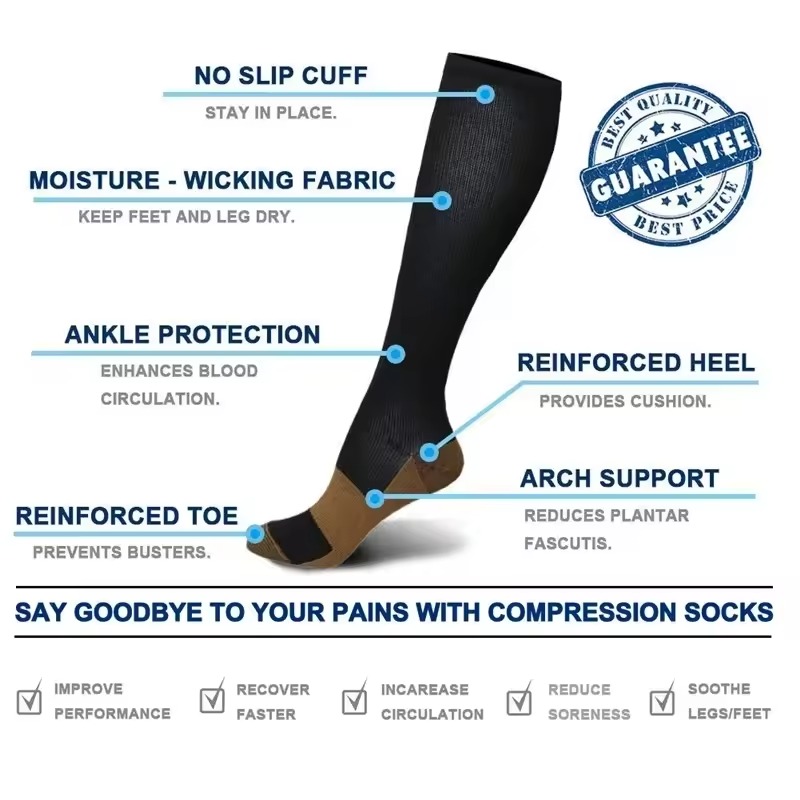
How Compression Socks Can Alleviate Pregnancy Symptoms
Pregnancy brings a host of symptoms that can cause discomfort. Compression socks designed for pregnancy offer relief. Here’s how they can help:
- Reduce Swelling: The gentle pressure they provide reduces swelling in the feet and ankles.
- Ease Leg Pain: Improved circulation means less achy legs at the end of the day.
- Prevent Varicose Veins: By boosting blood flow, these socks can prevent the formation of unsightly veins.
- Combat Fatigue: Better circulation helps reduce the tiredness often felt in lower limbs.
- Lower Risk of DVT: Adequate blood flow can lessen the risk of dangerous clots.
- Support During Activity: For active mothers, they provide extra leg support.
Incorporating compression socks into daily routines can greatly improve a pregnant woman’s quality of life. Whether at rest or on the move, they offer both comfort and health benefits. Always choose the right type and size for maximum effect, and seek advice from a healthcare provider if unsure.
Essential Features to Look for in Maternity Compression Socks
When shopping for maternity compression socks, expectant mothers should focus on a few key features. These features ensure the socks provide the necessary support and comfort. Below are essential characteristics every pregnant woman should consider:
- Material: Look for breathable, skin-friendly fabrics. They should keep your legs cool and dry.
- Compression Level: Choose the correct level of compression for your needs. Consult with a healthcare professional.
- Size and Fit: Proper fit is critical. Too tight and they’ll be uncomfortable; too loose and they won’t help much.
- Length: Knee-high socks are most common. They offer adequate support for most pregnancy-related discomforts.
- Seams: Go for seamless or soft-seam designs. This reduces the chance of irritation or pressure marks.
- Durability: They should last throughout your pregnancy, so opt for high-quality, durable socks.
- Ease of Use: Consider how easy they are to put on and take off. This becomes even more important as your pregnancy progresses.
By prioritizing these features, you’ll improve your chances of finding the perfect pair of compression socks. Remember, the right choice will help you manage symptoms effectively during your pregnancy.
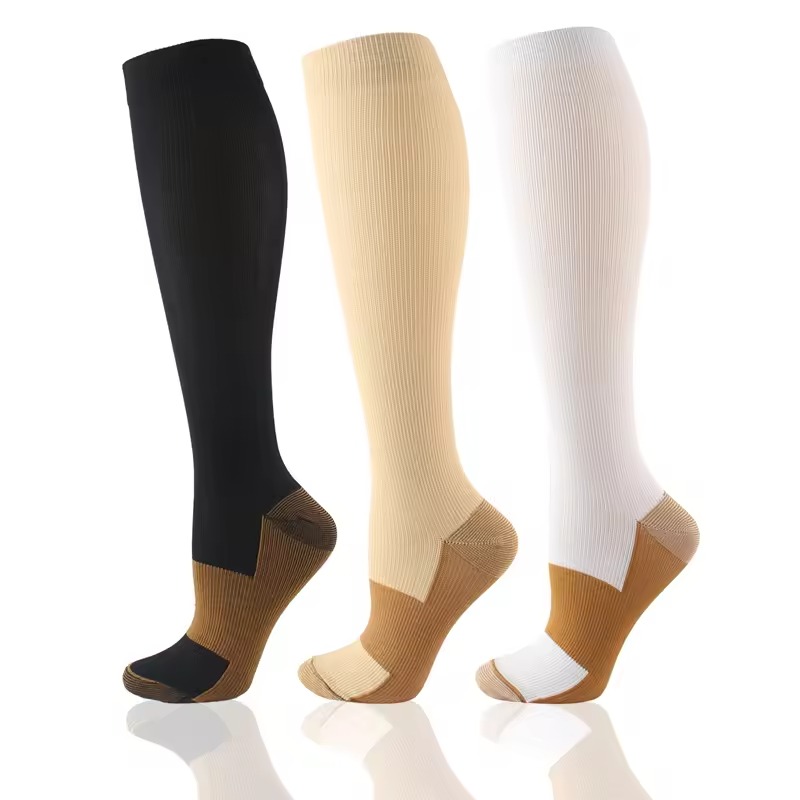
Steps for Correctly Measuring and Choosing the Right Size
When selecting compression socks during pregnancy, getting the right size is vital. Here’s a straightforward process to ensure a proper fit:
- Measure in the Morning: Your legs will be less swollen in the morning. This is the best time to measure.
- Use a Soft Tape Measure: Measure around the widest part of your calf and ankle. Also note the length from the floor to just below your knee.
- Consult a Size Chart: Match your measurements to the sizing chart provided by the sock manufacturer.
- Consider Swelling Changes: Pregnant bodies change. You may need to remeasure later in pregnancy.
- Seek Professional Help: If you’re unsure, ask a healthcare provider to assist with measurements.
Choosing the right size is as crucial as the type of compression sock. Aim for a snug, not tight, fit to ensure comfort and effectiveness. If the socks leave deep marks or cause pain, they may be too small. If they bunch up or slip, they may be too big. Adequate fit boosts the benefits of wearing compression socks for pregnancy.
Tips for Wearing Compression Socks Comfortably During Pregnancy
Comfort is key when wearing compression socks during pregnancy. Here are tips to make them more comfortable:
- Choose the Right Time: Put on your compression socks first thing in the morning. This is when your legs are least swollen.
- Apply Smoothly: Ensure the socks lay flat against your skin with no wrinkles, which can cause discomfort.
- Wear Proper Footwear: Use comfortable shoes that fit well. Avoid shoes that pinch or are tight.
- Stay Hydrated: Drinking water helps reduce swelling in your legs, making the socks more comfortable.
- Move Regularly: Keep your blood flowing by walking or stretching your legs frequently throughout the day.
- Listen to Your Body: If the socks feel too tight or cause pain, take them off and consult your healthcare provider.
- Moisturize Your Skin: Apply lotion to your legs before putting on compression socks. This makes them easier to slide on and more comfortable to wear.
- Dress Comfortably: Wear loose-fitting clothing over your compression socks. Tight clothes can make them less comfortable.
By following these easy steps, expectant mothers can wear compression socks with ease. Comfort adds to the benefits these socks bring to pregnancy. Always remember to check with a healthcare provider if you’re unsure about your compression socks.
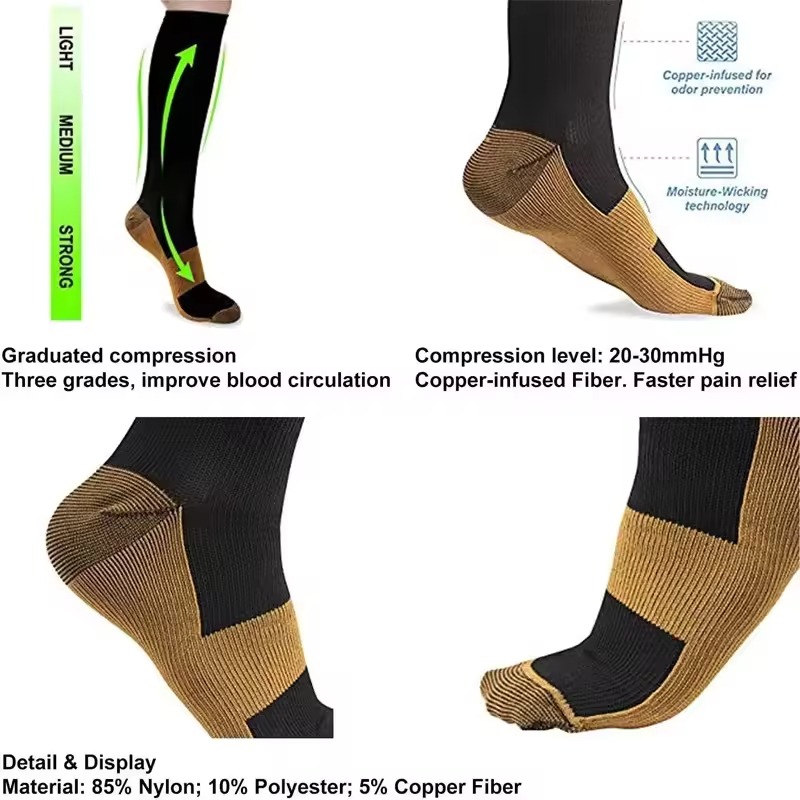
The Best Times to Wear Compression Socks While Pregnant
Wearing compression socks during pregnancy can provide significant comfort. However, it’s essential to wear them at the best times to maximize their benefits. Here are the top moments when expectant mothers should consider putting on their compression socks:
- In the Morning: Put them on after waking up, as legs are least swollen then.
- Before Long Periods of Sitting: If you have a desk job or a long drive ahead, wear them beforehand.
- During Travel: Long flights or car rides can increase leg swelling, so wear compression socks to improve circulation.
- After Standing for Long Hours: Putting them on can help reduce swelling and discomfort from prolonged standing.
- When Exercising: They can support your legs and improve blood flow during physical activity.
- If Experiencing Significant Swelling: Whenever legs feel unusually swollen, compression socks can offer relief.
By choosing the right moments to wear your compression socks, you’re ensuring the best possible support for your legs during pregnancy. Remember to consult your healthcare provider if you’re unsure about when to use them or if you experience any discomfort.
Common Myths and Facts About Compression Socks for Pregnancy
When it comes to compression socks for pregnancy, there are common myths. It’s important to know the facts. This helps expectant mothers make informed choices. Let’s debunk some myths and set the facts straight.
Myth 1: Compression Socks Are Only for Old People
Fact: Age doesn’t matter. Pregnant women of any age can benefit from wearing compression socks. They help with blood flow and reduce swelling and discomfort.
Myth 2: They’re Uncomfortable and Ugly
Fact: Modern compression socks come in various styles and colors. They’re designed for comfort. Many are also fashionable.
Myth 3: You Don’t Need Them If You’re Active
Fact: Even active expectant mothers can get swollen feet and legs. Compression socks support leg health during all activities.
Myth 4: Only Those with Blood Clot Risks Need Them
Fact: While they do lower blood clot risks, they also help prevent varicose veins and reduce fatigue.
Myth 5: Compression Socks Are Difficult to Wear
Fact: With the right size and material, compression socks are easy to wear. Some brands even offer versions that are simpler to put on.
Myth 6: They’re Too Expensive
Fact: There is a range of prices. Many affordable options provide the needed benefits without a high cost.
Myth 7: Compression Socks Can Be Tight and Reduce Blood Flow
Fact: When properly fitted, they enhance blood flow. They should not be too tight. A healthcare provider can help select the right size.
By understanding these myths and facts, pregnant women can choose compression socks wisely. They can make pregnancy more comfortable and support overall vein health. Always check with a healthcare professional if you’re unsure about wearing compression socks. They can guide you to the right choice for your pregnancy needs.



